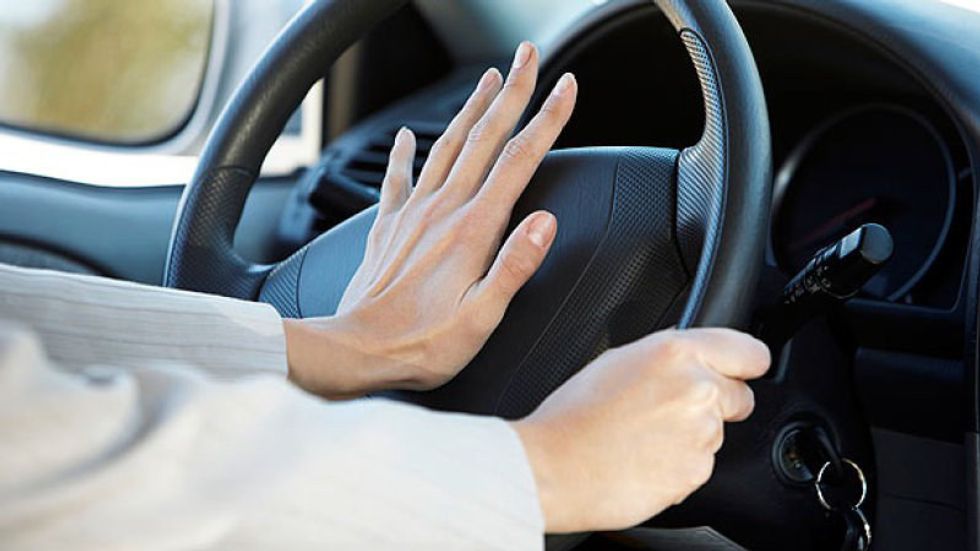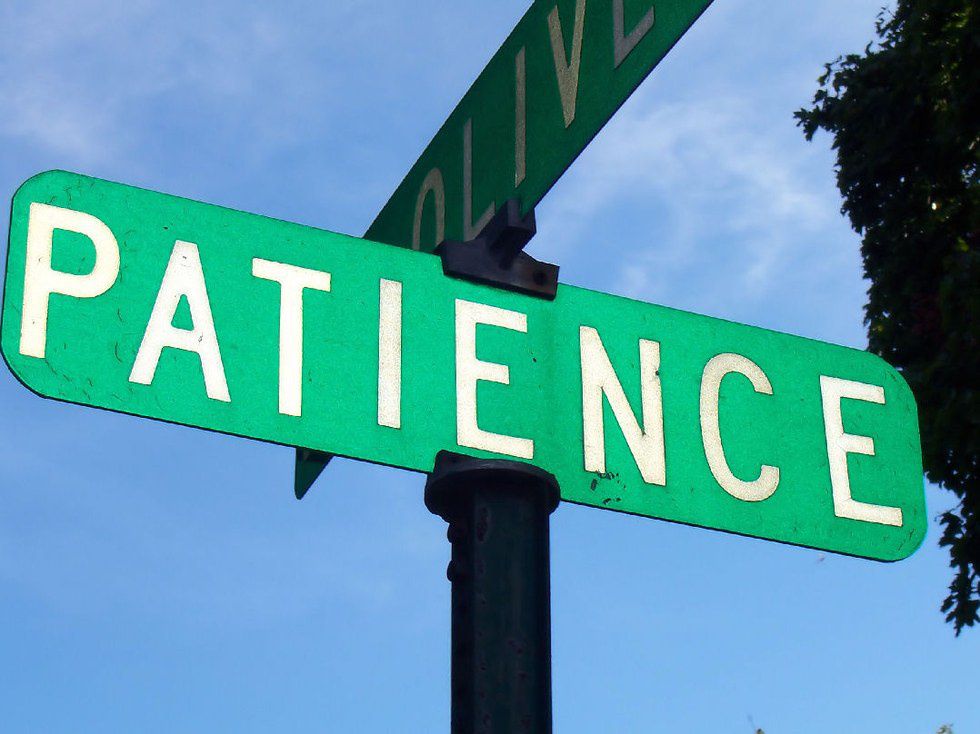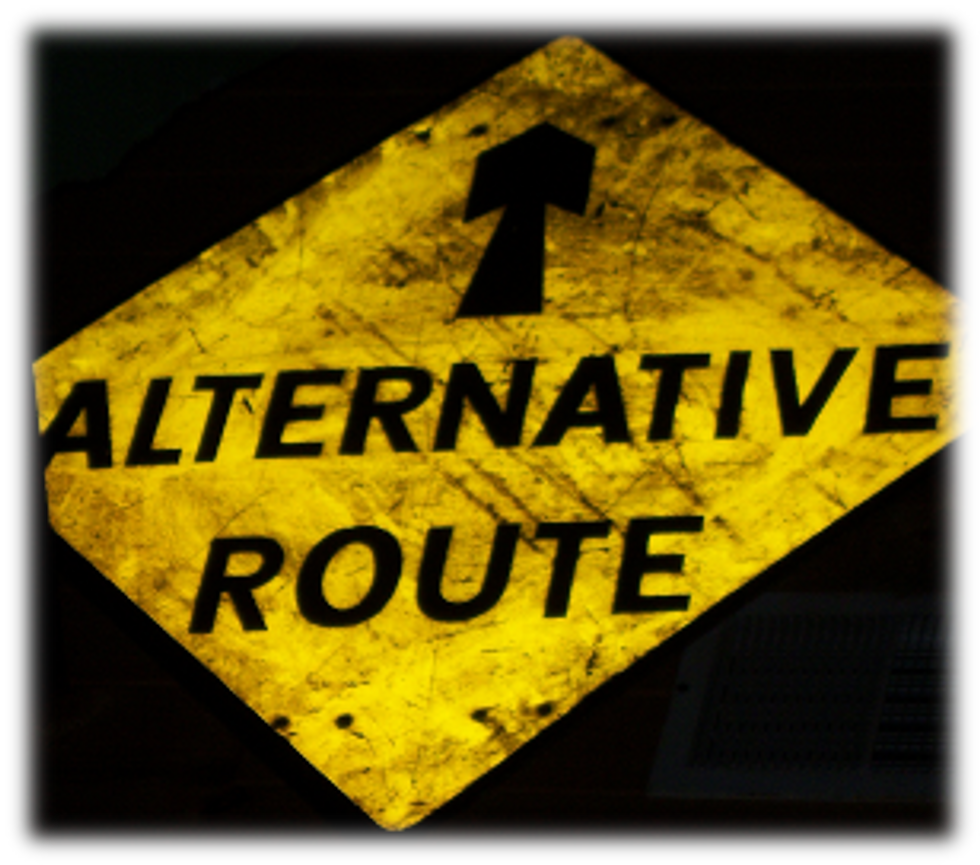The inspiration for this article has a story. I was walking back to my room from class, and I had to cross the road to do so. There is a main road that runs directly through the center of campus. As I was about to cross, another student had just finished crossing the road. One driver proceeded to roll down the window and instruct this student, using vulgar language and profanity, on how to properly cross the road. So, since this driver was kind enough to instruct an educated college student on how to cross the road, I felt the need to extend my expertise to any driver on how to properly stop at a crosswalk.
1. It's the Law
Recommended for you
Why this is so difficult to understand I will never know. YOU ARE REQUIRED BY LAW TO STOP AT A CROSSWALK. Thankfully, a lot of drivers do, and the students on campus appreciate it greatly. And for students that stop, some of them will give a quick wave as a thank you, because, while that driver stopped, some don't. So, the most basic rule for stopping at a crosswalk is that you must first stop.
2. The Horn is for Emergency Situations
People have become more and more horn-happy in this day and age. The horn in a motor vehicle was invented for the purpose of informing another driver or pedestrian of your presence when either poses a threat. This means that, is someone walks out into the road randomly and doesn't see the car, the driver can then alert the pedestrian that there is indeed a car and that they should take evasive action. However, if you have stopped at the crosswalk and a student is crossing, don't honk at them. Believe it or not, they know you are there.
3. Be Patient
If you chose to stop, congratulations to you. You followed the law and respected the rules of the road. However, even if you are in a rush (which I will explain in Rule 4), so not rush the pedestrian. Some poeple move faster than others. When students cross the road, assume that they are doing it for an important purpose, such as attending a class as part of an education that costs that student hundreds of thousands of dollars. That class that they are traveling to which, with today's education, costs well over one hundred dollars and (hopefully) enables them to become an important component in the work force is more important than the ten seconds you lose and the two cents spent on gas idling at the crosswalk.
4. Find an Alternative Route
This is another thing that I never understood. There are so many other roads that don't run through the middle of campus that a driver could take to get to the same place! The campus is block-shaped, and there are roads on every side of it, all leading to the same destination. Assuming that most of the drivers are local, an alternative route should have been discovered a long time ago. I have been here, in a college town (don't you think you should expect college traffic), for less than four years and was able to discover an alternative route a few weeks into Freshman year.






















